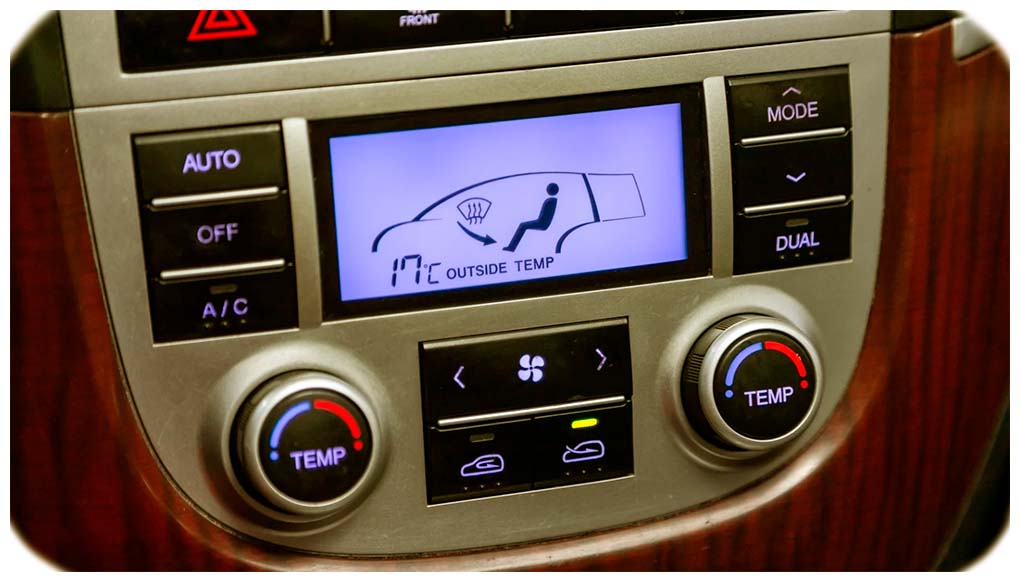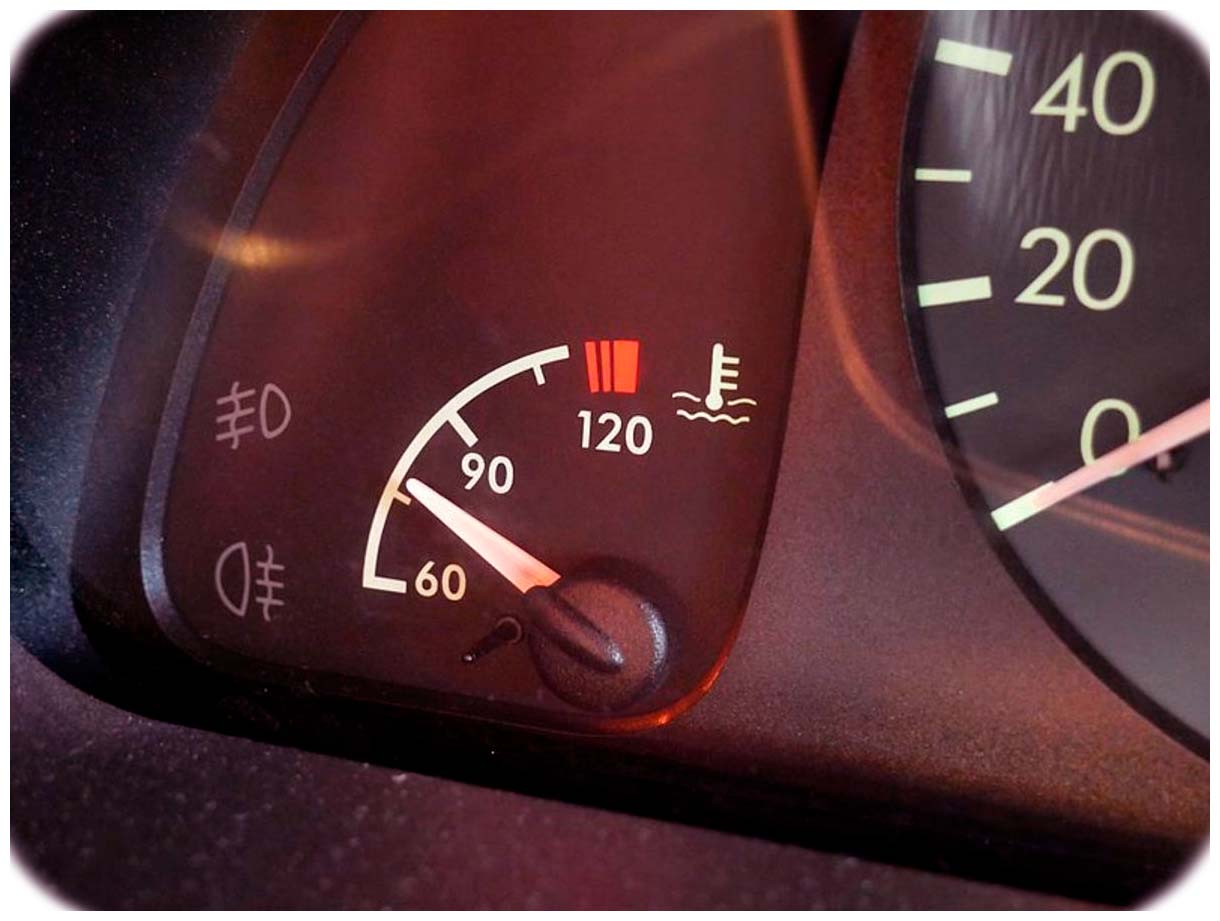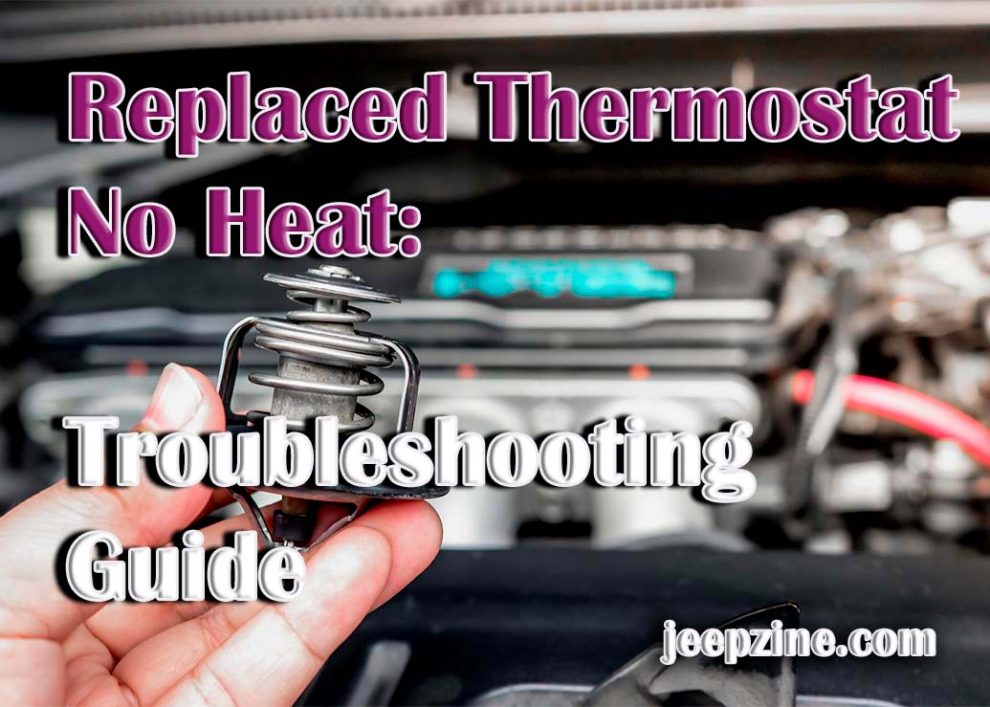When your newly replaced thermostat is no heat, it can be a frustrating experience. Fortunately, troubleshooting your heating system doesn’t have to be difficult. With the right knowledge and tools, you can identify and resolve any issues quickly. In this guide, we will discuss the common causes of no heat and provide detailed steps for troubleshooting your system.
Common Causes of No Heat
When troubleshooting why there is no heat coming from the thermostat, it’s important to consider all possible causes:
Improper Wiring: If the wiring connections between the furnace and thermostat were not properly connected or attached when it was installed, this could be preventing the furnace from providing heat.

Incorrect Settings on The Thermostat: If the settings on your new thermostat are incorrect for your furnace type or incorrectly set up for a gas vs electric type of heating unit then that could also cause problems with getting heat from the thermostat.
Power Issues: If the power to your furnace has been interrupted or cut off, this can prevent it from producing heat. This could be due to a tripped breaker or a bad fuse in the electrical panel.
Dirty Air Filters: Clogged or dirty air filters can restrict the airflow coming into and out of your furnace, which may prevent it from generating enough heat.
Issues with Ductwork: If there is an issue with your ductwork, such as kinks in the line or disconnected components, this can also affect how much heat is produced and distributed throughout your home by your furnace and thermostat system.
Steps for Troubleshooting Your System
Once you’ve identified any possible causes of no heat from your thermostat, you can take steps to troubleshoot and resolve any issues:
Check Wiring Connections: First, check that all wiring connections between the furnace and thermostat are securely attached and connected properly – if not, reattach them correctly per instructions from the manufacturer’s manual or call a professional HVAC technician to assist with repairs/installation if needed.
Replace Any Faulty Parts: If any parts appear to be faulty or malfunctioning, you should have them replaced by a professional as soon as possible.

Test Power Supply: Check that power is being supplied to your furnace by testing the breaker or fuse in your electrical panel and make sure they are functioning properly.
Inspect Electrical Components for Damage: If any electrical components appear to be damaged, you should call a qualified HVAC technician right away to replace or repair them before attempting to turn on the furnace again.
Conclusion
By considering the common causes of no heat from a replaced thermostat and taking the appropriate troubleshooting steps, you can quickly identify any issues with your heating system and get it back up and running. If you’re still having problems, contact a professional HVAC technician who can inspect and repair any faulty components or make necessary adjustments to ensure your furnace is producing heat effectively. For further understanding, also explore can you run a car without a thermostat, providing additional insights on operating a vehicle without this essential component.


Add Comment